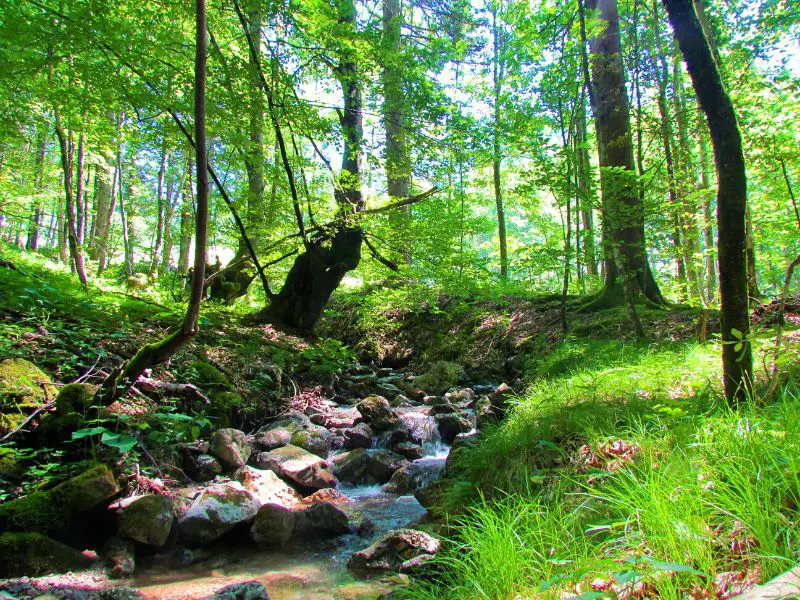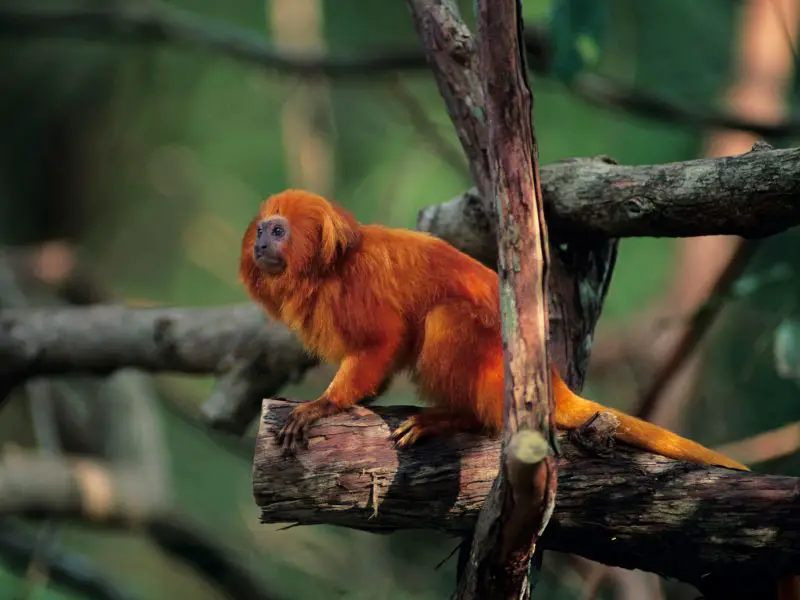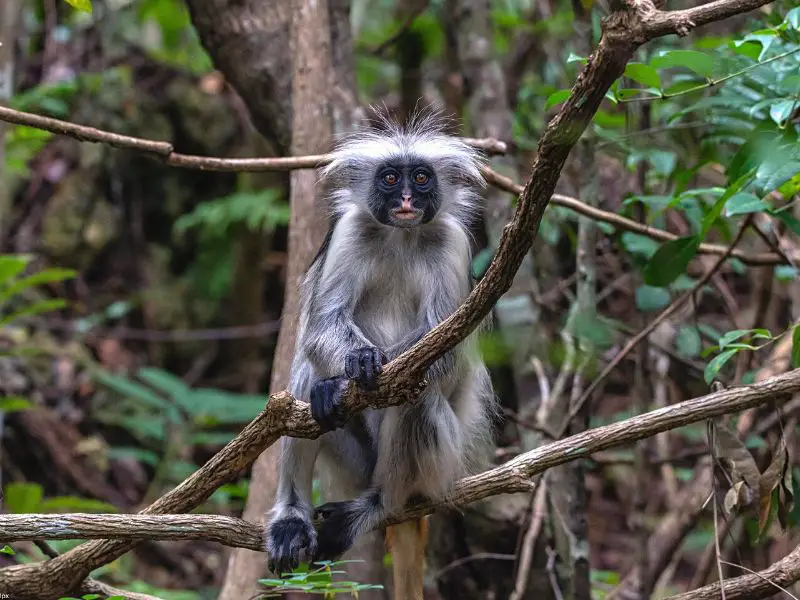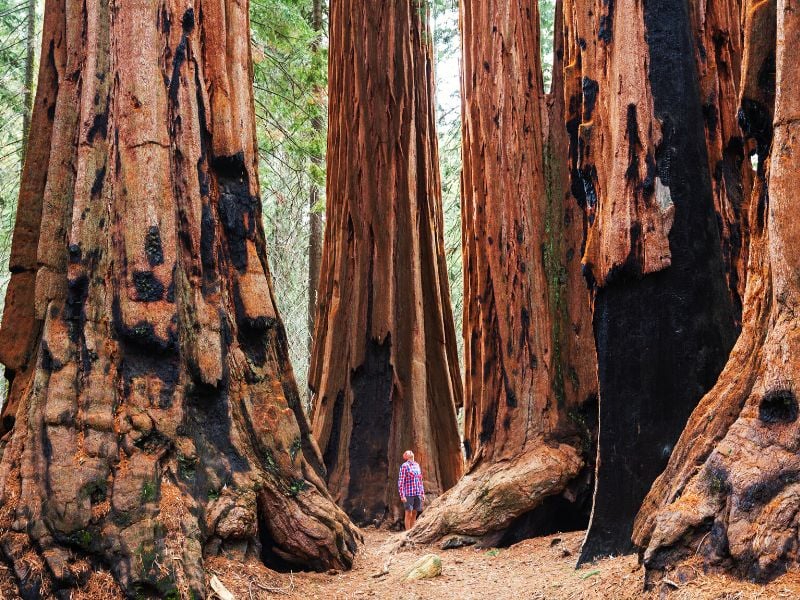The uniqueness of our planet can be found in the diversity of living things within it. Biodiversity refers to the natural variety of life in a given habitat and ecosystem. People have been actively changing the environment and ecosystems, and the species extinction rate is rapidly increasing.
The top hot spots in biodiversity are essential areas of the planet that hold many plant and animal species within a relatively small area. In this article, we will learn the top 7 hotspots in biodiversity around the world.

What Is a Biodiversity Hotspot?
You can guess it’s either an abundant or threatened place, but both ways are correct. To be a biodiversity hotspot, the area must have both these criteria.
- Its biodiversity consists of 1,500 distinct species unique to that place.
- 70% of its ecosystem has been lost.
This paradigm was devised by Norman Myers and has been used since the late 1980s.
Why Biodiversity Hotspots Matter
The most important parts of Earth’s systems that keep life going are the different kinds of plants and animals on it. Here are the two principal reasons why biodiversity hotspots on Earth are so important.
1. Biodiversity Underpins Life on Earth
Life on Earth is made possible by various species that work together to form a complex system of biological interaction and a balanced environment, often known as functioning ecological communities.
The wide variety of species promotes natural sustainability for all kinds of life. Without species and a healthy environment, there wouldn’t be any food to eat, no genetic variety, no air to breathe, and no water to drink. As a result, without biodiversity, humans would be extinct since biodiversity hotspots are critical for human life.
2. Hotspots Provide a Lot of Value Outside Their Areas
Biodiversity hotspots are among the most important and diverse ecosystems since they are home to numerous vulnerable populations that depend on nature to thrive. As a result, hotspots are the most incredible natural areas that help humans the most. Wetlands, forests, and other ecosystems in hotspots provide 35% of the critical “ecosystem services” that vulnerable human populations depend on while accounting for just 2.3% of the Earth’s land area.
7 World’s Most Threatened Hotspots in Biodiversity
1. Cerrado, Brazil
Cerrado, Brazil’s biggest wooded savannah, is the largest in South America. It is home to eleven vulnerable endemic birds and 4,400 rare plant species. Cerrado is home to several rare animals, including the giant armadillo, jaguar, and giant anteater.

2. Himalayas
The Himalayas include a vast terrain that provides for China, Myanmar, Bhutan, Nepal, Bangladesh, and Pakistan. This biodiversity hotspot has an area of 185,427 square kilometers and contains a variety of natural habitats, including mountains, grasslands, alpine meadows, and broadleaf forests.
3. Atlantic Forest
The hotspots include 20,000 plant species and 8,000 indigenous to the area. It also contains around 950 birds and several more endangered species. One of the numerous species at risk of extinction in the Atlantic Forests is the black-faced Lion Tamarin.

Unfortunately, sugar and coffee plantations have gone on to destroy most of this ecosystem, leaving only fewer than 38610 square miles (or 8% of the original habitat). The ecological hotspot was formerly covered with 463322 square miles.
4. Philippines, Pacific Ocean
The Philippines is an island of 7100, and only 7% of this habitat remains. Because of its global reach, this biological hotspot is home to 6,000 endemic species and 6000 endemic bird species, including the Cebu flowerpecker and the Philippine Eagle. The vegetation is primarily both tropical and subtropical.
5. Coastal Forests, Eastern Africa
The coastal forests have an astonishingly high level of species that extends over the narrow corridor that runs down the eastern coast of Somalia, Kenya, Mozambique, and Tanzania.
Three species of red colobus live in this region:
- The red colobus of Zanzibar
- The red colobus of the Tana River
- The Tana River mangabey
These three primates are in a terrible position and will probably go extinct in the next few years if things continue this way.

6. Mesoamerica
Mexico, Guatemala, Belize, Honduras, El Salvador, Nicaragua, Costa Rica, and Panama comprise Mesoamerica.
Mesoamerica is a tropical and sub-tropical biodiversity hotspot. The habitat is considered very bio-diverse regarding endemic animals, birds, and amphibians. They also support around 17,000 plant species. Native to Mesoamerica are the howler monkey and the quetzal.
Initially covering 386102 square miles, this biological hotspot is now barely 87259 square miles.
7. The California Coast
The California Coast offers incredible vistas and weather, as well as high living prices, but it also has some of the most numbers of plant and bird species. This hotspot extends from the northern tip of Baja California along the whole California coast, becoming broader as it approaches north and encompassing a small portion of southeast Oregon. The giant sequoia and the redwood are two popular tree species.

Protecting Biodiversity Hotspots Through Various Efforts
There are several different methods that protect biodiversity hotspots:
- Increasing society’s knowledge of the importance of biodiversity, communities, and livelihoods by engaging in Social Forestry.
- Hotspot areas should prioritize biodiversity, livelihood development, and mainstreaming sustainable developments.
- Innovative and forceful countermeasures to the illicit trafficking in wildlife.
- Educating and empowering the community to participate in conservation management initiatives.
- Creating Hotspots Conservation Funds in partnership with local communities, governments, and other relevant stakeholders to preserve biodiversity.
- Adapting protected area management to local livelihoods and development needs.
- Developing policy and management strategies that enhance both preservation and livelihoods.
- Providing alternative livelihood options for local communities working in the protected areas, thus reducing their dependence on natural resources.
- Enhancing community capacity and promoting awareness to adopt behavior that sustains natural resources.
- Maintaining sustainable tourism in hotspots as a mainstay source of livelihood.
Author’s Note
Biodiversity hotspot areas are the most diverse and prosperous places in the world. We should always respect and protect these areas since they are where nature provides and gives us all that we need. These areas also serve as the primary source of life for humans. Therefore, we should be more cautious in protecting them and not threaten them.
Related: Threats to Biodiversity, World’s Most Endangered Species, World’s 10 Most Endangered Plants


3 thoughts on “7 Top Hotspots in Biodiversity Around The World”